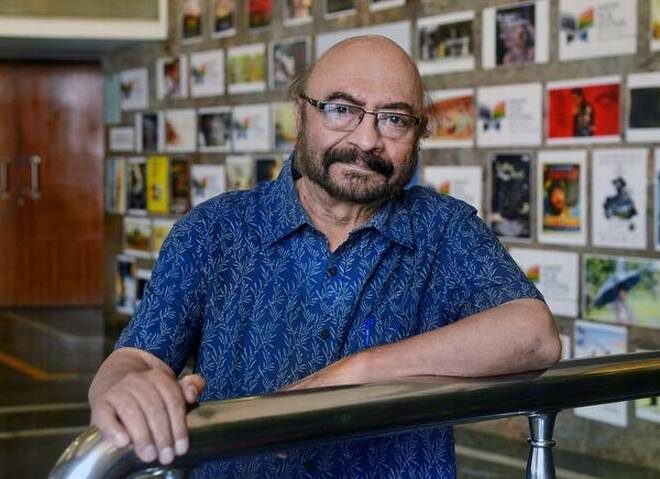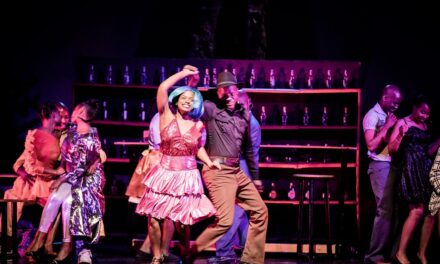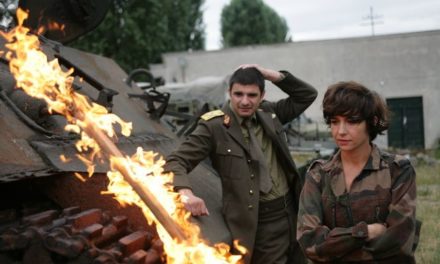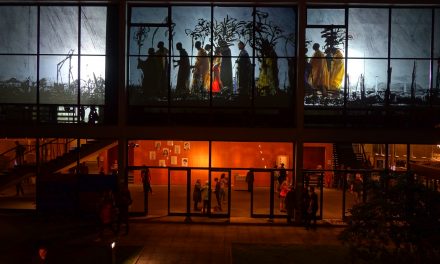For those of us that are perennially nostalgia bound—even for the sepia-tinted memories of the vast cultural landscapes of yore—the “old web” is a treasure trove. It’s a place that has access to grainy videos, scans of old artifacts, miles of newsprint, restored classics and the ilk. They don’t trend often or hardly ever catch a bout of “viral” fever. They just sit there on musty place mats staring out impassively and we stare back, but perhaps much more enthusiastically, for new information about what came before us. The ol’ bugbear of theatre archiving—or the tenuous task of gathering the footprints of a notoriously ephemeral art—has certainly received a fillip in the past decade or so. The so-called public domain has never been as tantalizingly tangible as it is now.
When it comes to Indian theatre, we now have access to antiquarian books that describe turn-of-the-century performances in vintage tongue. The annals of academia have been laid bare like never before, and even Doordarshan, with its Soviet-era concealment of State secrets, has generously spilled over its coffers. You can now access all 105 episodes of Buniyaad, Ramesh Sippy’s unending Partition saga, and even highlights from Hum Log, India’s first soap opera. The television play, that some of us might remember from the Dracula-hour screenings that they were slotted in, can now be rediscovered on YouTube.
Television trials
This brings us to the output of Govind Nihalani, circa 1991, during which he filmed direct-to-TV Indian adaptations of classic plays by August Strindberg, Federico García Lorca, and Henrik Ibsen. Simply as found specimens, these are absolute gems. They are informed by the stark presentation and dramatic conventions of their time which still commands a not uncertain attention, even if some of it may not have dated well. Much of what is available online is unauthorized, and not what we might term official releases, but when it comes to victimless crimes, illegally uploading a silent film from 1935 might rank pretty high in the list—as might making available Nihalani’s limited oeuvre from 1991. For most people, anything from the 20th century or thereabouts is too old to really care about. And those who surreptitiously share, can also as expediently delete at whim. Tracts of material made available can disappear overnight—the Internet police never sleep.
Nihalani’s mini-series Jazeere, was based on Ibsen’s Little Eyolf, one of the least-known and least-revived of his plays. Nihalani’s was a modernized take that featured the then-upcoming Ratna Pathak-Shah, Rajit Kapur, Mita Vashisht and Irrfan Khan. The play’s story revolved around the death of the eponymous character, Eyolf, whose parents have crippled him, and who send him to his death. Nihalani’s version is gripping and took place mostly indoors, almost in deference to its theatre origins. The bootleg print circulating online is surprisingly from a Pakistan TV telecast and is randomly interspersed with unrelated news footage.
Translocated efforts
Then there was Pita, based on Strindberg’s The Father. Once again, the top-heavy cast included Satyadev Dubey, Dina Pathak, and Khan, long before he experienced a breakout success with another theatre adaptation, 2004’s Maqbool. Pita was more stagey than cinematic, but in a good way, translocating Strindberg’s Swedish locale to a turn-of-the-century Bengali household. The premise was certainly promising, revolving around a man whose wife conspires to drive him insane, in order to claim sole custody of their daughter. It afforded the rare opportunity to catch theatre maverick Dubey in a screen role, albeit the film was never released in theatres, and presumably passed along unwatched on television.
The most famous of these works was Rukmavati Ki Haveli, an Indian adaptation of Lorca’s The House Of Bernarda Alba, of which there has been no shortage of Indian remakes on stage. A televised staging by Vijaya Mehta had already been telecast on Doordarshan—that was called Hamidabai Ki Kothi, that was based on Anil Barve’s Marathi adaptation. Nihalani’s version translocated the play to rural Rajasthan. It brought much critical acclaim to its cast of actors, particularly Uttara Baokar as the unremitting matriarch, and Ila Arun. It is a film that crossed over into theatres.
This article originally appeared in The Hindu on December 11, 2018, and has been reposted with permission.
This post was written by the author in their personal capacity.The opinions expressed in this article are the author’s own and do not reflect the view of The Theatre Times, their staff or collaborators.
This post was written by Vikram Phukan.
The views expressed here belong to the author and do not necessarily reflect our views and opinions.


















